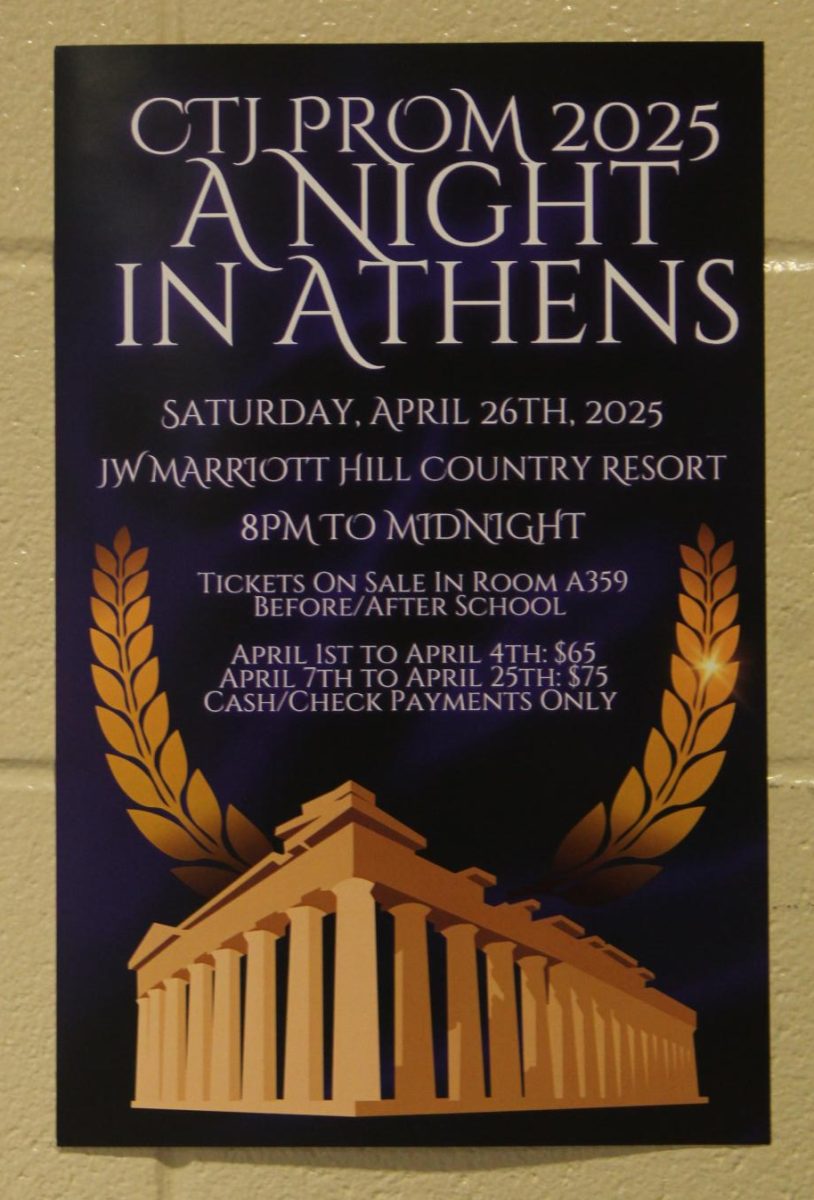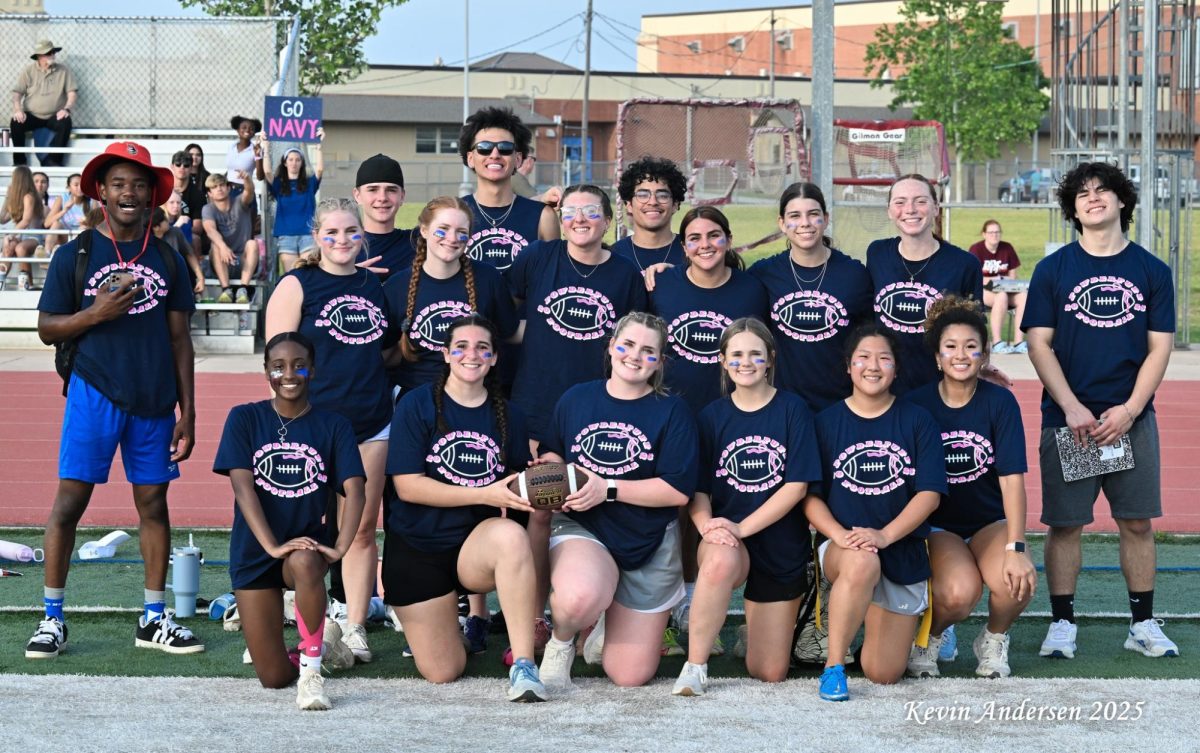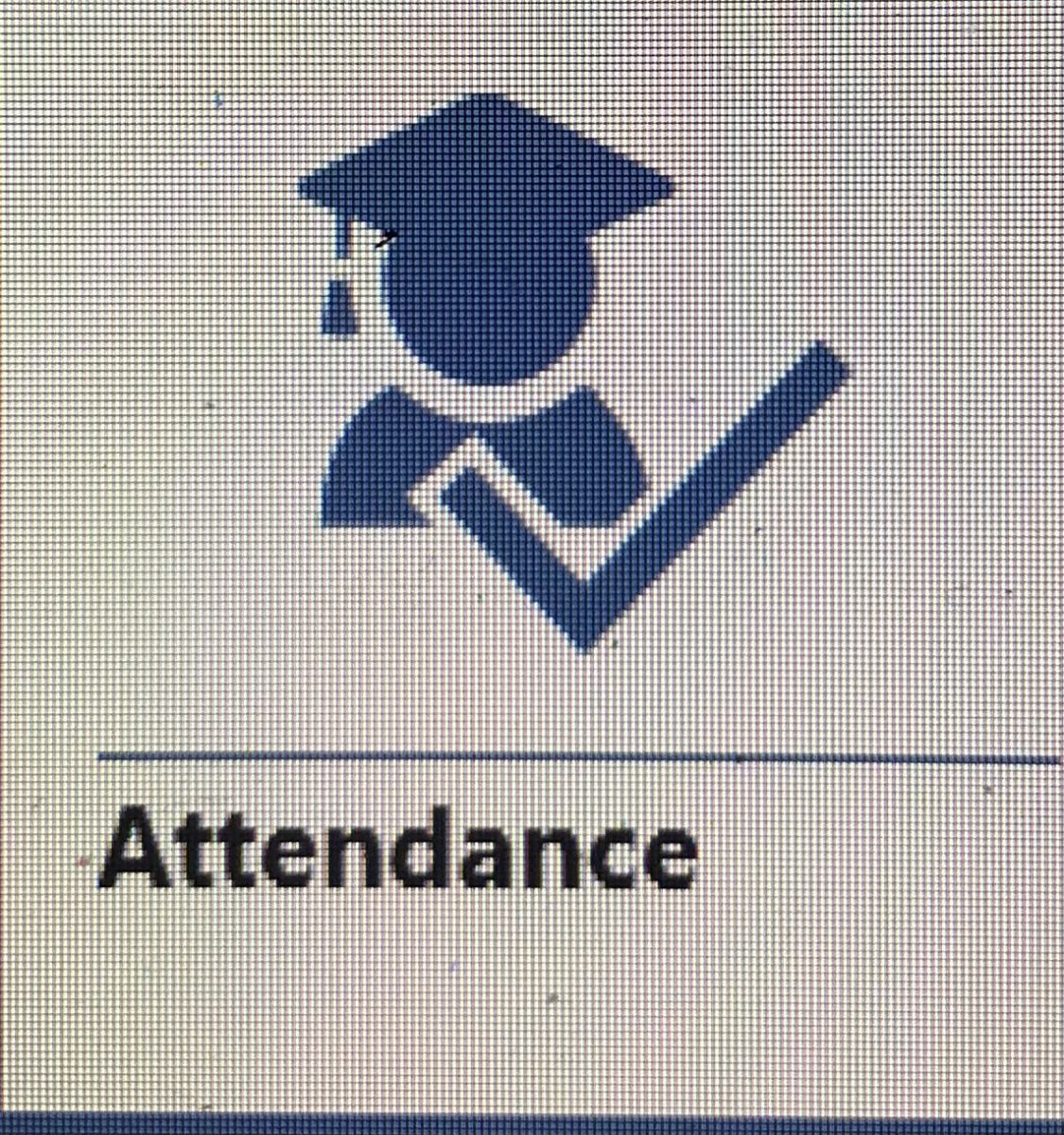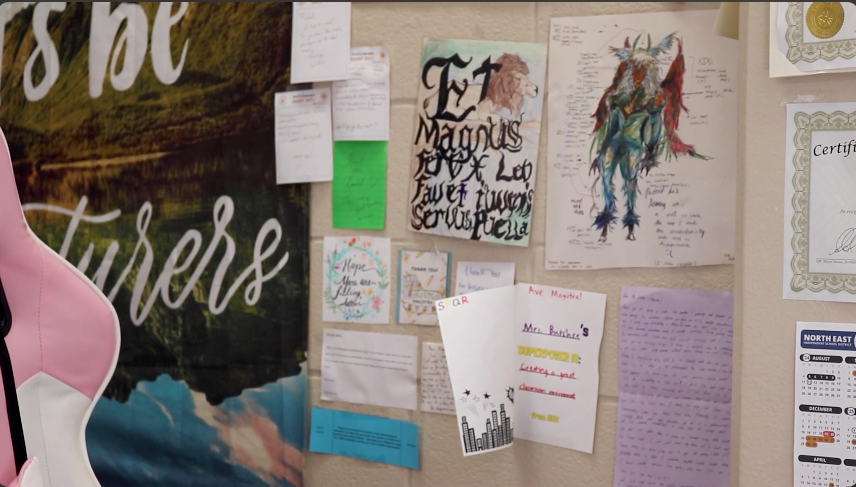The Summa honor graduate ceremony, looked different this year due to changes in the grading system and a reduction in the number of students eligible for summa honors. These changes, which impact the number of students selected, have sparked conversation among students and faculty alike.
The main change comes from a shift in the GPA multiplier system. As explained by Courtney Tarbox, the lead counselor, the multipliers for Advanced Placement (AP) and honors courses have been reduced.
“Instead of the AP courses receiving a 1.29 multiplier, they now receive a 1.15, and honors classes went from 1.15 to 1.08. So essentially the multipliers were cut in half,” Tarbox said. As a result, the number of summa honor graduates this year has been significantly reduced, with only 101 students qualifying compared to 211 last year.
This policy change has had an impact on the ceremony itself, particularly in terms of the number of students being recognized. Counselor Lisa Williams, noted that these adjustments to the GPA system have led to fewer students being honored as summa graduates.
“We essentially have about half the number of summa honor grads,” Williams said.
Despite the reduced number of students being honored, the ceremony will retain many of its traditional elements. The evening begins with a reception in the school’s cafeteria, where students, their families, and their honored educators can socialize and enjoy light refreshments. This informal gathering provides an opportunity for students to express their gratitude to the teachers and mentors who have made a positive impact on their lives. As Tarbox described, the reception is a time for “great camaraderie,” allowing students and their families to reflect on their academic journey.
Following the reception, the formal part of the ceremony took place in the auditorium. During the ceremony, students walked across the stage with the educator they selected to honor. Each student read a short dedication to their honoree, reflecting on the impact the teacher has had on their life. In response to the smaller number of students this year, the ceremony has made adjustments to allow for more personalized tributes.
“Instead of limiting them to 75 words, we allow them to write a little bit more,” Tarbox said.
The change in the number of summa graduates and the adjustment to the ceremony have led to mixed feelings among students. Some, like senior Alena Mena, feel the new GPA multipliers are unfair.
“I think it’s unfair because now we have to work harder to get a higher GPA in order to graduate at the same pace as seniors from last year,” Mena said.
Despite this, Mena acknowledged that the new system made the ceremony even more meaningful for those who have earned the distinction.
In addition to the changes in the number of students being honored, the ceremony will also feature color photos of the graduates and their honorees. Tarbox confirmed that the district has been printing color photos for the past few years as a way to highlight the achievements of both students and teachers. This special touch added to the celebratory atmosphere of the event.
Though the ceremony was smaller this year, it remains a key moment in recognizing the hard work and achievements of the summa graduates. As Williams mentioned, the ceremony not only honors students but also gives educators the recognition they often don’t receive.
“The beauty of this ceremony is that the teachers don’t get honored enough, and to see students reveal how much the teacher or educator meant to them is just beautiful,” Williams said.








